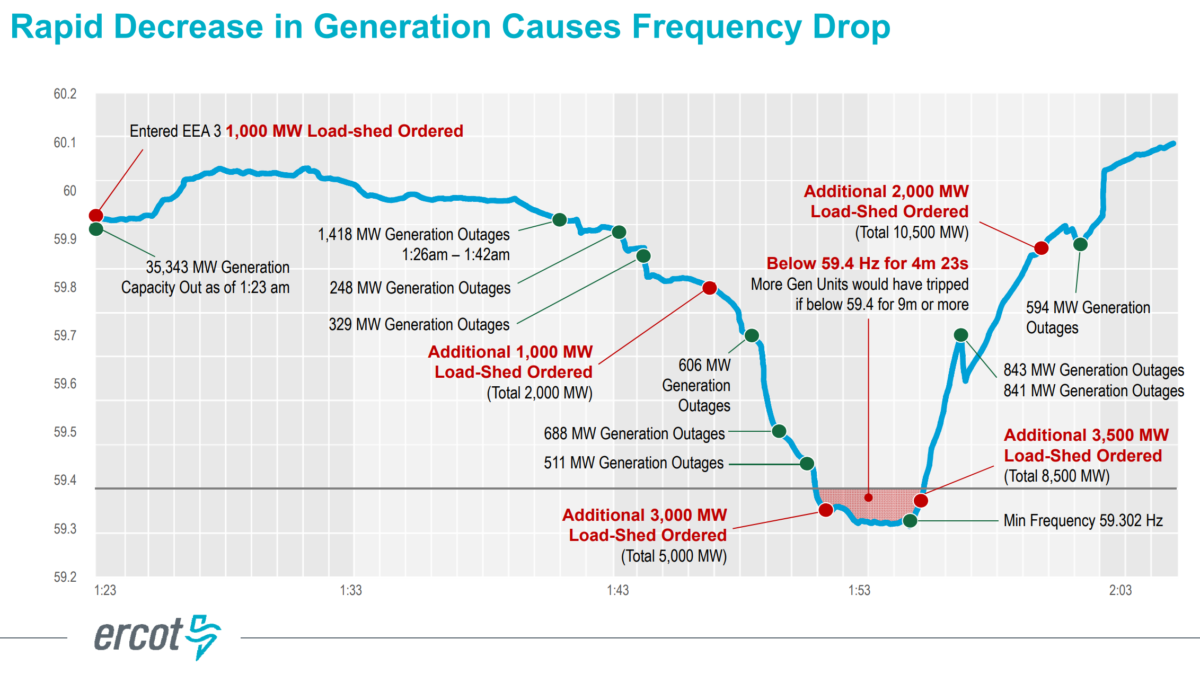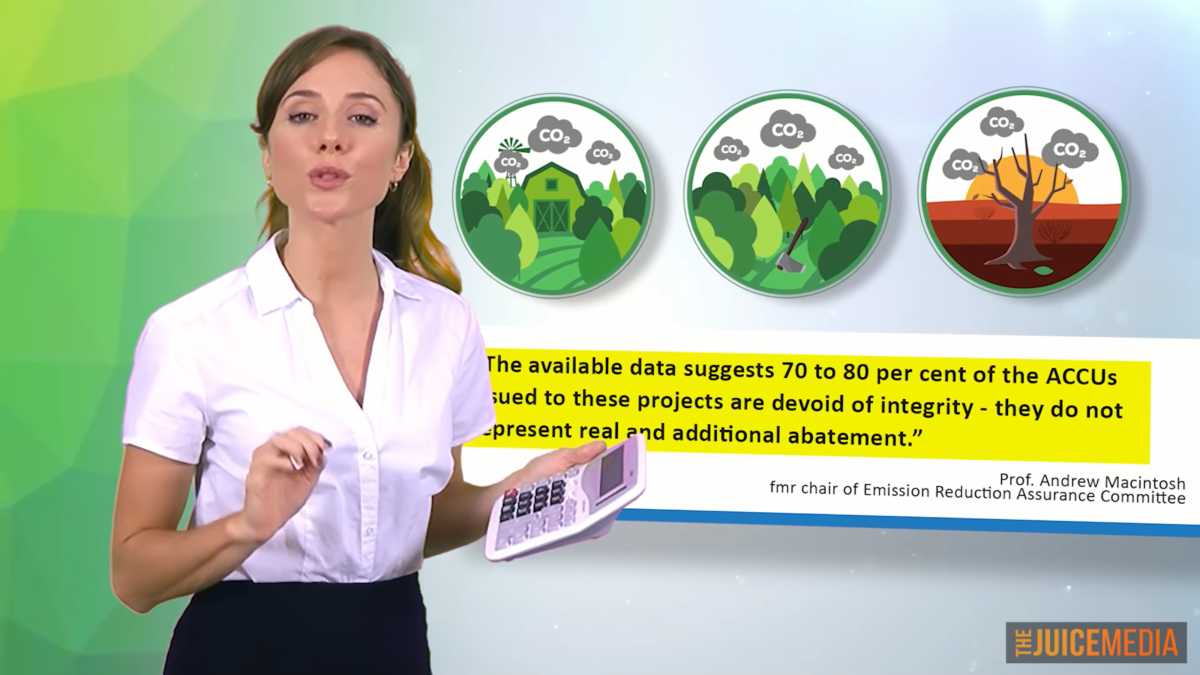Bahamas struggles to right itself a month after Category 5 Hurricane Dorian brutalized islands – “Our very existence as a country of many low-lying islands and over 2,400 cays is under grave threat”

By Amy Bennett Williams
1 October 2019
NASSAU, Bahamas (Fort Myers News-Press) – Stooped and heavily laden, Keri Pierre trudged slowly uphill under blazing Bahamian sunshine. She was running out of time. As the days of her free temporary stay at Paradise Island’s Sunrise Beach Club dwindled, Pierre mounted an increasingly frantic search through Nassau for new lodging, food and clothes.
Harrowing as her life has become, her search is a luxury lost to the unidentified dead whose bodies filled a refrigerated semitruck 103 miles to the north in Marsh Harbour, Pierre’s hometown.
Hurricane Dorian left everything inside the pink house she shared with her family smashed or sodden, so a week after the storm, the 23-year-old, her mother, six young siblings and a nephew decamped to the unscathed capital city. Her father, Kelly, stayed behind to guard the ruined homestead.
As her family joined the wave of about 14,000 Dorian-displaced refugees, Pierre was left to figure out how to get the little ones, including a deaf sister with autism, to school and how she might find a job. The Marsh Harbour insurance office where she once worked no longer exists. “I never thought in a million years, I’d be in this situation,” Pierre said as she hauled a black plastic bag of Salvation Army clothes back to the family’s room.

Their challenges mirror the island nation’s struggle to right itself a month after the Category 5 hurricane brutalized it.
Prime Minister Hubert Minnis called the storm “an unprecedented destructive force of wind and rain and sea surge.” It tore into the islands of the northern Bahamas with 185 mph sustained winds gusting to 200 mph and beyond. Then it stalled. Lingering in place, its cataclysmic force shredded buildings, flipped trucks, tossed trailers like dice and shoved up to 20 feet of seas inland.
“Water and rooftops – that’s all we saw,” said Anthony Morley, who escaped his Marsh Harbour home by swimming out a window, returning to rescue his wife and neighbors, the youngest a 3-month-old baby girl. “I said, ‘Lord, if you help me, I’m going to help someone else.’ “
“How will we survive?”
Minnis pleaded with the United Nations General Assembly to heed the warning of this “generational tragedy” and to “treat the global climate emergency as the greatest challenge facing humanity.”
“Our very existence as a country of many low-lying islands and over 2,400 cays are under grave threat,” he said. “It is a threat which we did not cause. It is a threat which we cannot survive on our own. … When one storm can obliterate an island-state or a number of states in one hurricane season, how will we survive? How can we develop? How will we continue to exist?”
His government created a ministry called Disaster Preparedness, Management and Reconstruction.
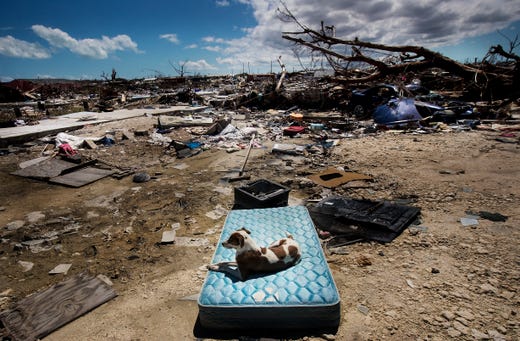
A few islands over from Dorian’s hellscape, the business of paradise continues apace. Giant cruise liners glide along warm turquoise coastlines, docking at the nation’s mostly unscathed ports to release precious, cash-carrying cargo. The Bahamian government counts on that touristy normalcy to carry it through the storm’s aftermath.
International troops, officials and nonprofit groups have come to offer a “powerful demonstration of what it means to be united as a nation,” Minnis said.
Natives and outsiders struggled to describe the magnitude of the storm. The difficulty of reaching some of the hardest-hit areas made immediate damage assessments impossible, and dysfunctional power grids, spotty cell service, blocked roads and wrecked drinking water systems further complicated efforts.
Even now, the country has nothing approximating a complete death count – only a temporary tally of 56. The numbers are likely to surge once collected bodies go through the complicated identification process and those on the missing list, which numbers 608, are eventually written off as lost forever. It was nearly a year before Puerto Rico arrived at its final death toll of 2,975 for 2018’s Hurricane Maria.
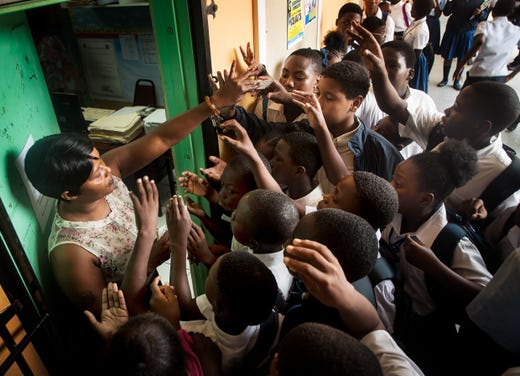
Bodies awaited identification within the streaked metal walls of a refrigerated tractor-trailer. Marsh Harbour pathologist-cum-coroner Anon McIntosh wasn’t permitted to say how many were in there, but it’s “quite a bit of bodies. It’s just a sad time for us here in the Bahamas.”
When families come hoping to find their loved ones, McIntosh must turn them away. “They are not allowed to identify bodies right now,” he said. “We have to send the samples to Nassau, and then Nassau will get it back to us, and then we will go from there.”
Once received, the dead are recorded and placed in the truck. Tissue must be shipped to the capital, tested by another set of officials and cross-referenced with databases in hopes of a positive identification.
Even then, McIntosh said, many will be denied closure. “A lot of people were washed out to sea as well, so we’ll never know the exact amount of people gone from the Abacos,” he said. “It’s hard on me because some of the people who lost their life in the storm, you actually know who they are.”
“Build the Wall”-like debate grows
A testy national debate over Haitian settlers intensified after the storm.
Echoing U.S. “Build the Wall” sentiments, many Bahamians have urged roundups and repatriations. Others, championed by human rights lawyer Fred Smith, argue they are an important part of the community, performing low-wage hotel and construction work most Bahamians won’t do.
Most of the thousand or so refugees who made it to Nassau shelters are Haitian, said national member of parliament Shonel Ferguson. Their mistrust of the government kept them from weathering the storm in designated shelters, she said. For the same reason, many of the missing are Haitian, too.
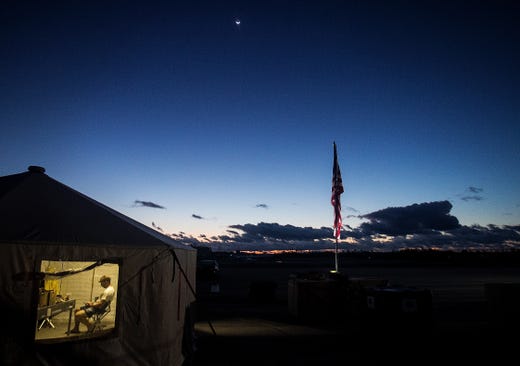
Long wanting to rid Marsh Harbour of shanty towns, the government declared a six-month building ban in the area, which Smith is fighting.
“Unless and until someone proves otherwise in a court of law,” he wrote in a Facebook post, “the residents of shanty towns have as much right as anyone else to return to their homes and salvage what they can of their former lives. … The post-hurricane help honeymoon is coming to an end. Hotels and other shelters in Nassau are approaching capacity. If not allowed to rebuild, at least in the short term, where will former shanty town residents go?” [more]
Bahamas struggles to right itself a month after Category 5 Dorian brutalized islands

